The Profumo Affair
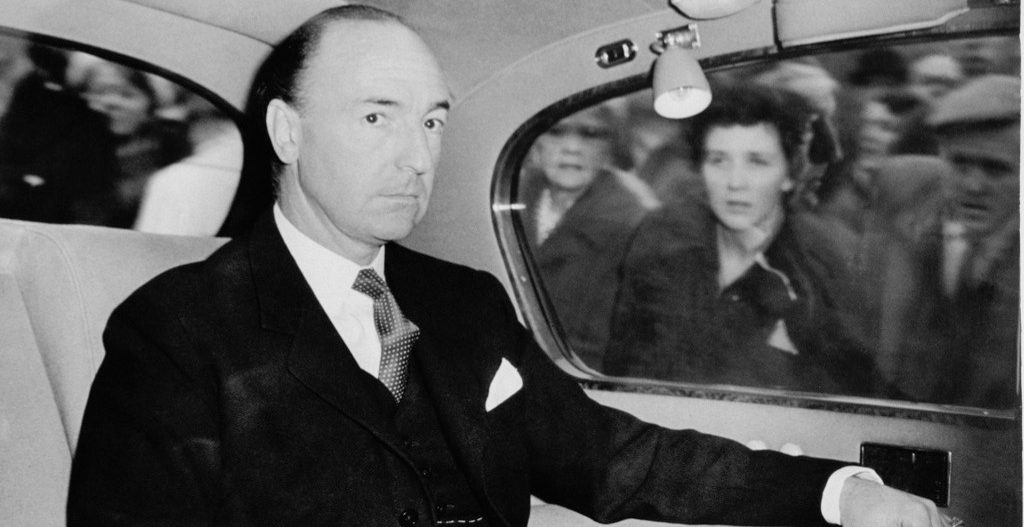
In 1963, a scandal erupted that had everything: spies, state secrets and embarrassing revelations about the British upper crust. When 19-year-old model Christine Keeler caught the eye of high-ranking Conservative MP John Profumo, an affair ensued. However, Keeler was also dating Eugene Ivanov, a Russian naval attaché and possible Soviet spy. This caused a commotion when one of her other boyfriends found out. Reporters got interested in the story, and media outrage ensued. In the end, Profumo confessed and resigned in disgrace. The story was later the basis for 1989 film Scandal.
Wallis Simpson
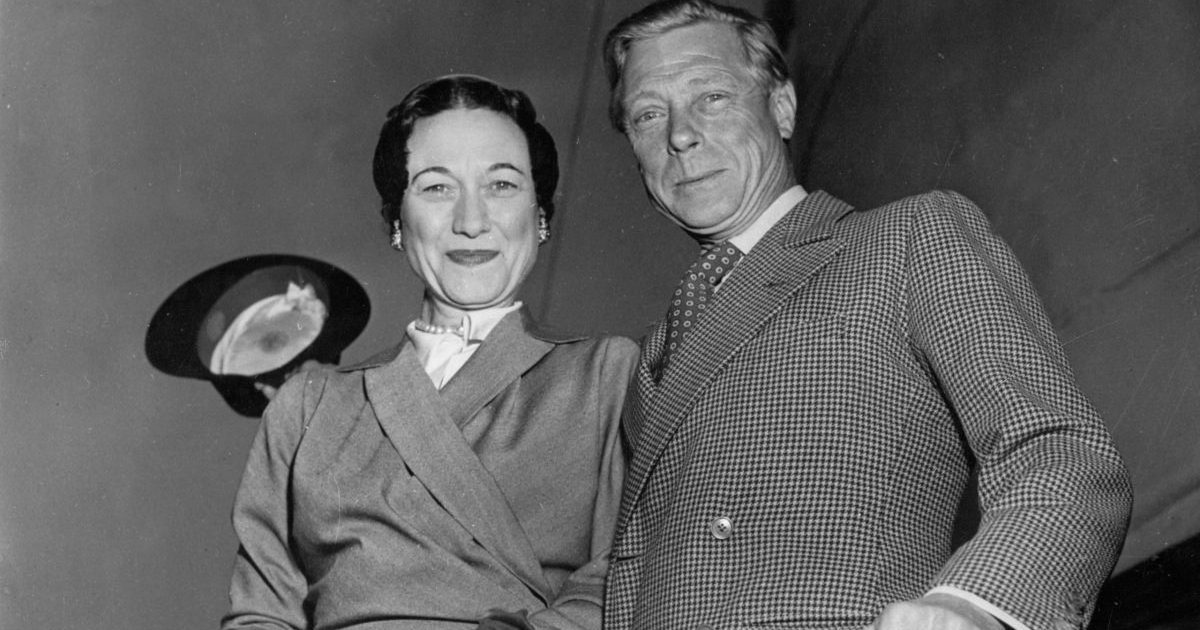
King Edward VIII was king of England for less than a year. On December 11, 1936, he announced he was abdicating the throne to marry American socialite and two-time divorcee Wallis Simpson. To his subjects, he addressed a radio broadcast the next day saying: ‘I have found it impossible to carry the heavy burden of responsibility and to discharge my duties as king as I would wish to do without the help and support of the woman I love.’ The couple became the Duke and Duchess of Windsor, living out their lives in exile largely in France.
Chappaquiddick

In July 1969, US Senator Ted Kennedy (brother of the late JFK and RFK) drove his car off a small bridge, resulting in the death of the only passenger, 28-year-old Mary Jo Kopechne. Kennedy and a group of men, all of whom were married, had spent the day socializing with female campaign workers. Kennedy told investigators he tried to rescue Kopechne, but many questioned his honesty. Though Kennedy was later re-elected him to the U.S. Senate, the scandal haunted him throughout his life, especially when he unsuccessfully challenged incumbent Jimmy Carter for the Democratic Party’s 1980 presidential nomination.
Watergate

Watergate remains one of the most significant political scandals in U.S. history, as it resulted in Richard Nixon becoming the only US President to resign. On June 17th, 1972, five men were caught breaking into the Democratic National Committee’s headquarters in Washington, D.C. Reporters Bob Woodward and Carl Bernstein, and an informant later revealed to be FBI Deputy Director Mark Felt eventually uncovered that Nixon’s administration was behind this. Facing impeachment, Nixon resigned on August 8, 1974. Nearly a dozen of Nixon’s aides and advisers served jailed time, but Nixon himself was pardoned by his successor, President Gerald Ford.
The Eaton Affair
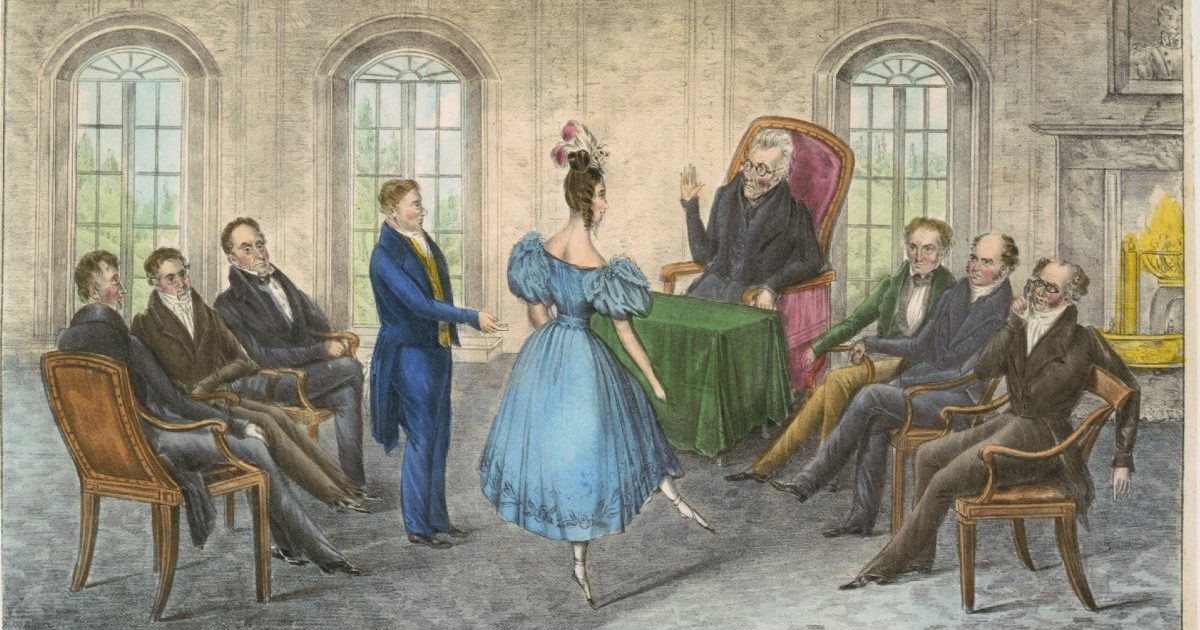
In 1828, after being elected President, Andrew Jackson faced controversy when his Secretary of War married a woman whom the wives of Washington’s “political elite” deemed immoral: Margaret Eaton, a former Washington hotel keeper’s daughter, barmaid, and widow. Jackson’s cabinet members and their wives condemned Eaton, but Jackson stood by her, declaring, “I did not come here to make a cabinet for the Ladies of this place.” This scandal, known as The Eaton Affair and/or Petticoat Affair, reveals the gender politics during the dawn of the Jacksonian Era.
Wilbur Mills and the ‘Argentine Firecracker’
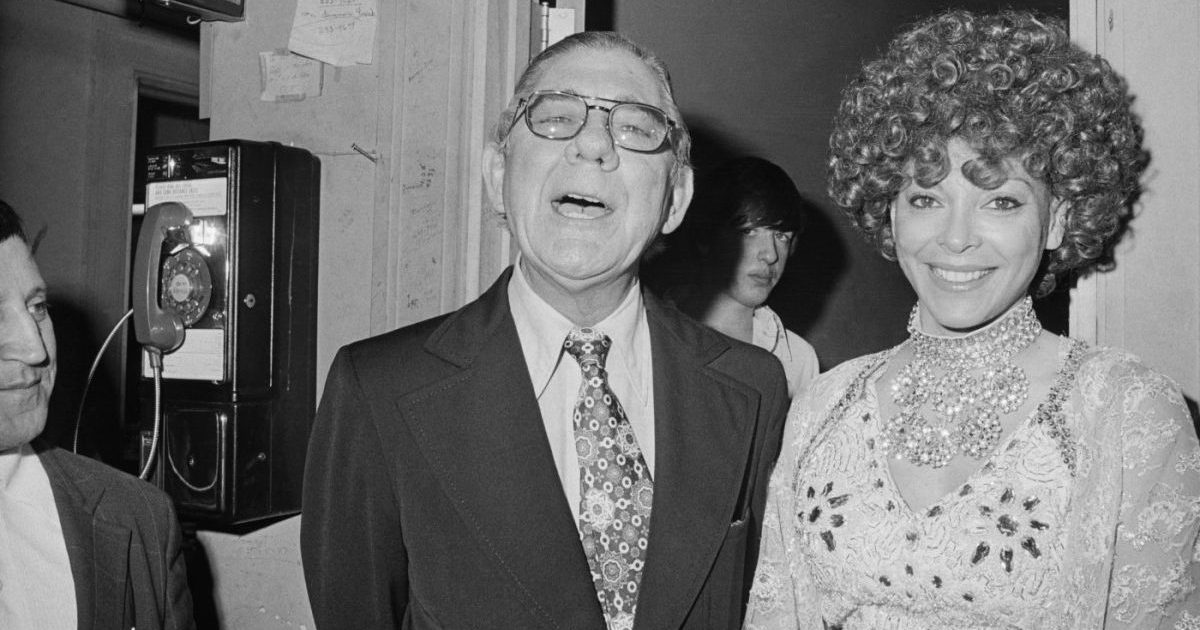
Wilbur Mills was once a respected Arkansas congressman, but is now best remembered for getting caught in his car with stripper Fanne Foxe, the “Argentine Firecracker.” When they were pulled over by a police officer, Foxe jumped out and dove into Washington’s freezing Tidal Basin. Officers soon saw that Foxe and Mills had been in a physical fight. This scandal tarnished the wholesome family man image of Mills, who had married his high school sweetheart and had raised two children with her.
The Crédit Mobilier Scandal

The Grant administration was plagued by the Crédit Mobilier Scandal. Whilst building a transcontinental railroad on government-granted land and financed by the sale of government-sanctioned stocks and bonds, railroad owners used a small investment firm to pay themselves about twice the actual cost of construction, netting a profit of between $33 million and $50 million. Congressman Oakes Ames secretly handed out stock in Crédit Mobilier to other congressmen in order to seek political favour. When the scandal broke, Ames and Rep. James Brooks of New York, who had served as government director of the Union Pacific, were condemned.
Thomas Jefferson and Sally Hemmings
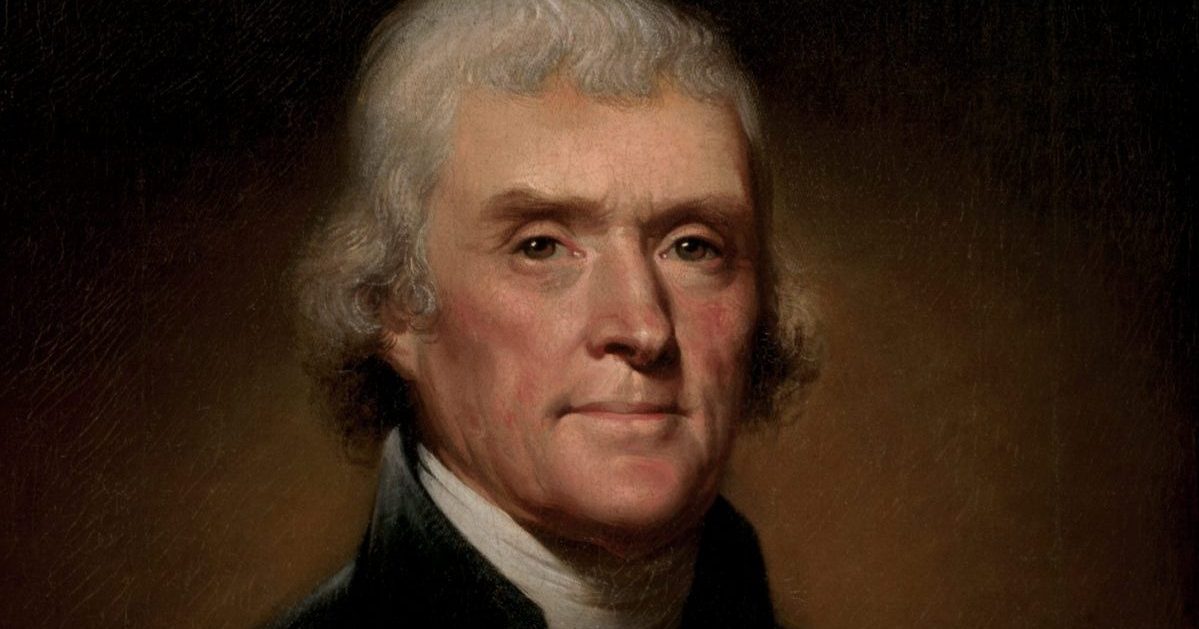
President Thomas Jefferson was the first president to face public scrutiny over his morals, when he denied having an affair with his slave, Sally Hemings, and having a family with her. However, in reality, her status as a slave meant that she had no legal rights and could not deny Jefferson’s “unwanted sexual advances.” Despite the fact that Thomas Jefferson was allowed to continue his presidency, in 1998 a DNA test provided credible evidence indicating that he was the father of at least one of Hemings’ children.
FDR and the Newport Sex Scandal
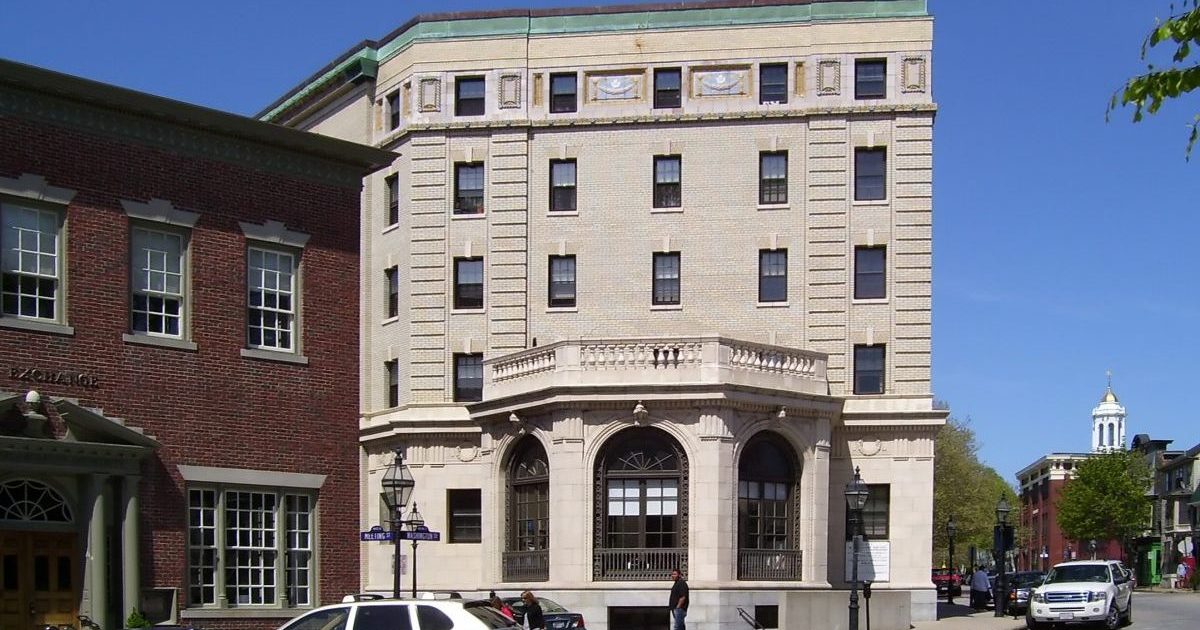
The Newport sex scandal came about in 1919, when the U.S. Navy investigated homosexual behavior between Navy personnel and civilians in Newport, Rhode Island. The investigation targeted homosexual contact between sailors and civilians. At first, the investigation attracted little public notice. Eventually, however, the methods used to gather information and the fact that enlisted personnel were being used caused a Congressional investigation. This resulted in Secretary of the Navy Josephus Daniels and Assistant Secretary of the Navy Franklin D. Roosevelt being reprimanded by a committee.
The Peaches Browning scandal
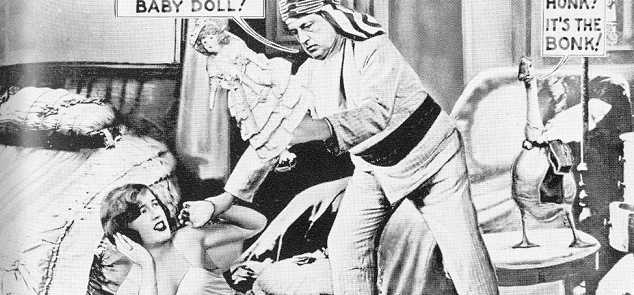
Arguably the first ever ‘Sugar Baby,’ Peaches Browning was 16 when she married 52-year-old property tycoon Edward Browning. Their relationship – and the fact that Browning had his bride refer to him as “Daddy” – was never far from the headlines, and the deterioration of their marriage has been described as one of the most sordid scandals of the Roaring Twenties. Only six months after they tied the knot, Peaches sought divorce, citing cruelty. The trial attracted intense media attention, thanks in no small part to the unexplained acid burns on Peaches’ face.
The Audrey Munson scandal
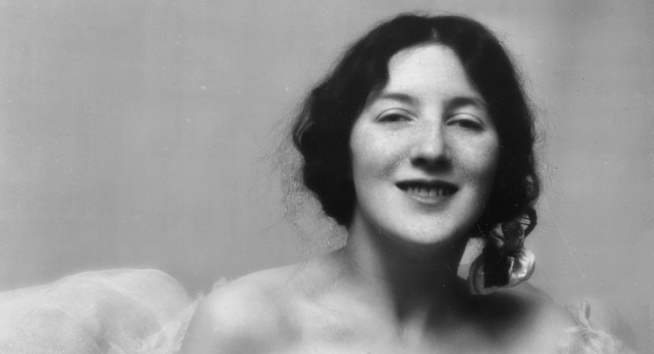
Known as “the most perfectly formed woman in the world,” Audrey Munson was the first star to appear fully nude on film, a scandalous event in itself. However, the real scandal came when Munson’s physician murdered his wife because he was obsessed with the actress. The resulting trial and media furore proved too much for Munson, who suffered a nervous breakdown and spent the remainder of her life in mental institutions.
The Teapot Dome Scandal
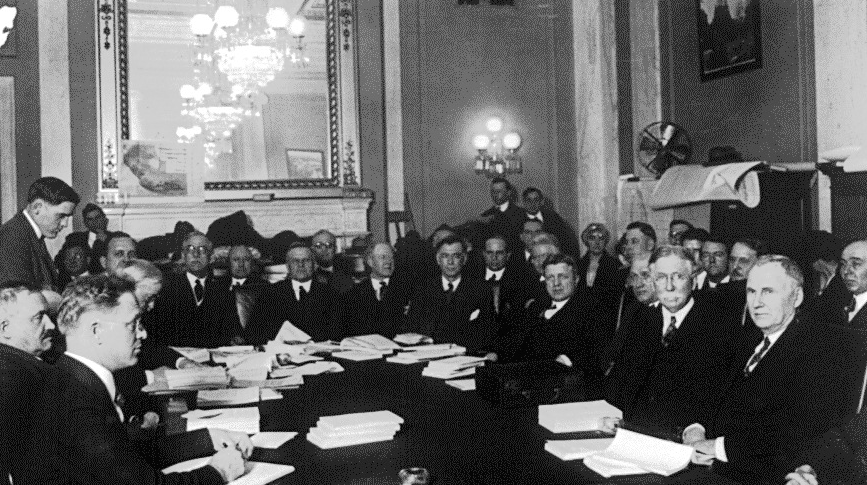
Warren G. Harding presided over one of the most corrupt administrations in US history, and is widely regarded as a strong contender for the title of ‘worst president ever.’ His predecessor, William Taft, had designated many oil-producing areas as Naval Oil Reserves, ensuring that the US Navy was never in danger of running out of fuel. In 1921, Harding’s Secretary of the Interior, Albert Hall, convinced the President to give him control of these reserves, then proceeded to lease them to private companies. This prompted a Senate Committee investigation that discovered Hall had accepted lucrative bribes in exchange for the lease contracts.
The Hamilton/Burr duel
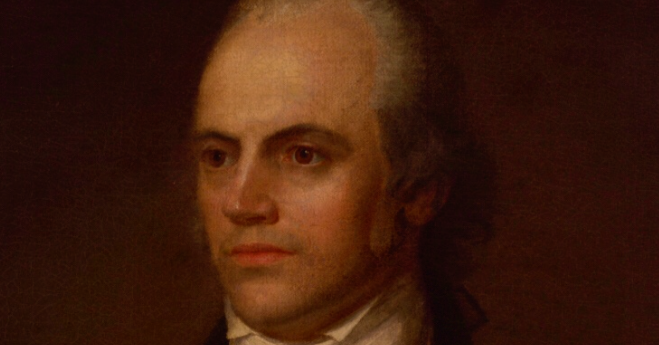
An undoubtedly great mind, Alexander Hamilton was also impetuous, arrogant, and prone to ruffling feathers. In many ways he was the exact opposite of his political ally-turned-rival Aaron Burr, and tensions simmered between the two. After Hamilton threw his support behind the presidential campaign of Thomas Jefferson, essentially snuffing out Burr’s shot at victory, these tensions boiled over. Burr challenged Hamilton to a duel, and the two men met at dawn after rowing across the Hudson River. Hamilton deliberately missed, but Burr fatally shot him in the stomach, resulting in a scandal that rocked American politics.
The Bill Langer affair

After claiming the North Dakota governorship in 1932, Bill Langer implemented a law requiring all federal employees to donate a portion of their salary to his political party. Such laws weren’t illegal at the time, but when Langer insisted that highway department employees – who were paid through federal relief programs – weren’t exempt, the US attorney took the governor to court for defrauding the federal government. Langer responded by declaring the secession of North Dakota, implementing martial law, and barricading himself into the governor’s residence. Eventually, Langer was talked down and a new governor was instated.
The Matthew Lyon scandal
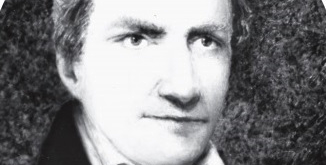
In 1798, Matthew Lyon earned the dubious distinction of becoming the first US Congressman to be recommended for censure. During a House debate on whether to remove William Blount from office, Congressman Roger Griswold repeatedly tried to get Lyon’s attention to discuss the matter. Lyon made a show of deliberately ignoring Griswold – who belonged to a rival political party – eventually leading Griswold to snap and label Lyon a “scoundrel.” This was quite the insult back in the day, and Lyon responded by spitting in Griswold’s face, leading to outrage and a movement to censure the Congressman for “gross indecency.”
The death of Nelson Rockefeller
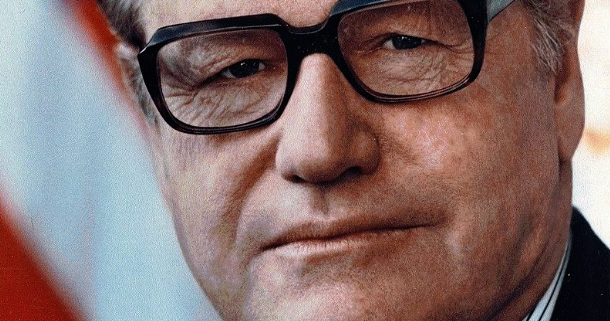
When news of Nelson Rockefeller’s death broke in January 1979, it was initially reported that he had died of a heart attack, alone in his Rockefeller Centre office. Whilst he had indeed died of a heart attack, the other details were subsequently proved to be false, and the truth was far more salacious. Rockefeller had actually died in a townhouse he owned on 54th Street, and he hadn’t been alone. Megan Marshack – a 25-year-old aide – was with him when he died, prompting fierce speculation about an extramarital affair, and whether Rockefeller’s heart attack had been brought on by “excessive excitement.”
The Woodrow Wilson scandal
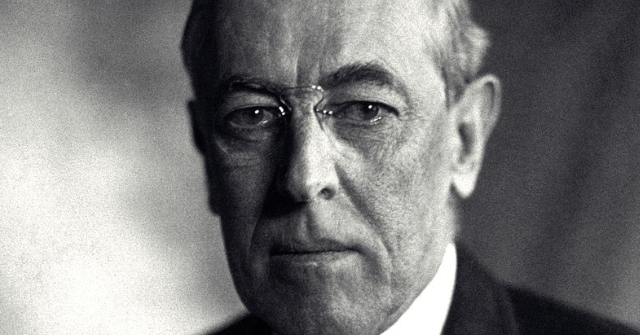
Ushering the United States through The First World War wasn’t enough to save Woodrow Wilson from scandal and gossip. After his first wife – Ellen Louise Axson – passed away in August 1914, the speed at which Woodrow moved on prompted a suspicious response from the media. By May 1915, Wilson was already engaged to his next wife, Edith Galt, and rumours soon began swirling that the president had murdered Axson to be with her.
The Whiskey Ring
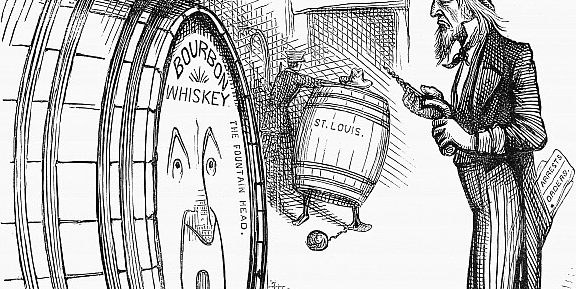
Ulysses S Grant – often considered one of the most corrupt presidents in US history – endured two major scandals during the course of his presidency. The second of these, which became known as the Whiskey Ring scandal, involved a bribery and tax evasion scheme that many members of his own cabinet were implicated in, including his secretary of war, who was impeached. Grant’s claims that he knew nothing about the scheme were roundly met with suspicion, but he managed to avoid getting impeached himself.
Henry Ford’s antisemitism
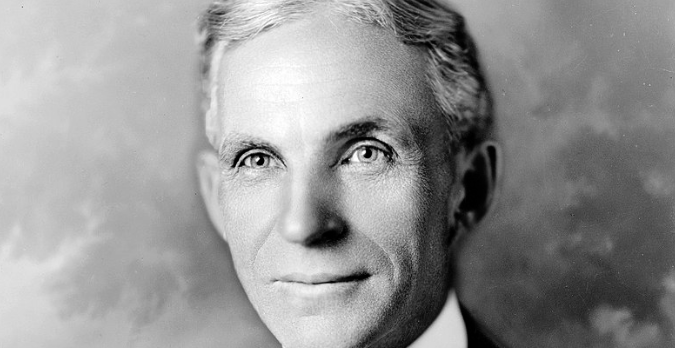
Henry Ford might be responsible for motorised transport as we know it, but he was also a virulent antisemite. In 1918, Ford purchased The Dearborn Independent, his hometown newspaper, and immediately began using the publication as a mouthpiece for his anti-Jewish conspiracy theories. The industrialist published a series of articles titled ‘The International Jew,’ normalising antisemitic ideas that would influence the ideology of the second Ku Klux Klan.
Richard Mentor Johnson
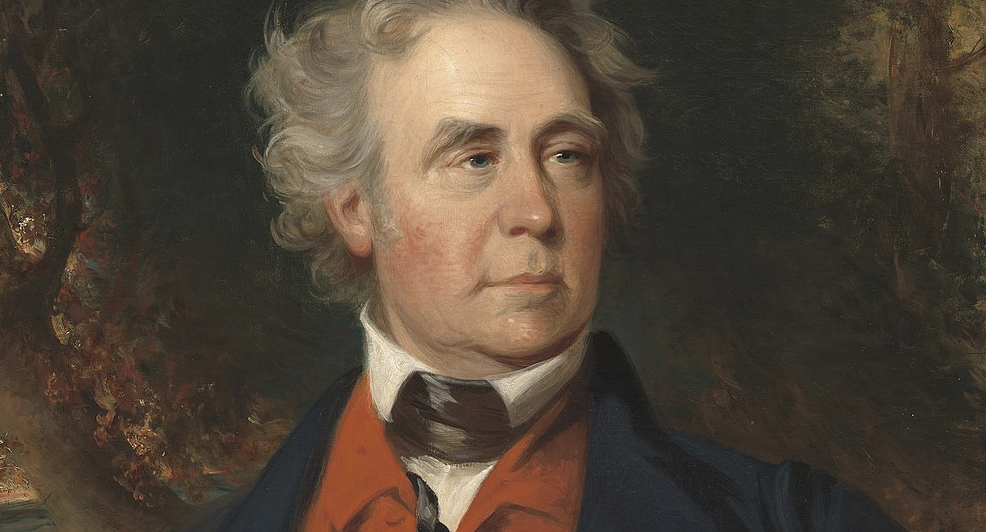
Despite the fact that they were working to promote slavery, even Southern Democrats were uncomfortable with Richard Mentor Johnson’s openness about his relationship with one of his slaves. With his party trying to distance themselves from him, Johnson struggled in his 1828 Senate campaign, eventually losing to a Republican. It wasn’t the end of his political career, however, and Johnson eventually went on to become vice president under Martin van Buren.
Princess Margaret and Peter Townsend
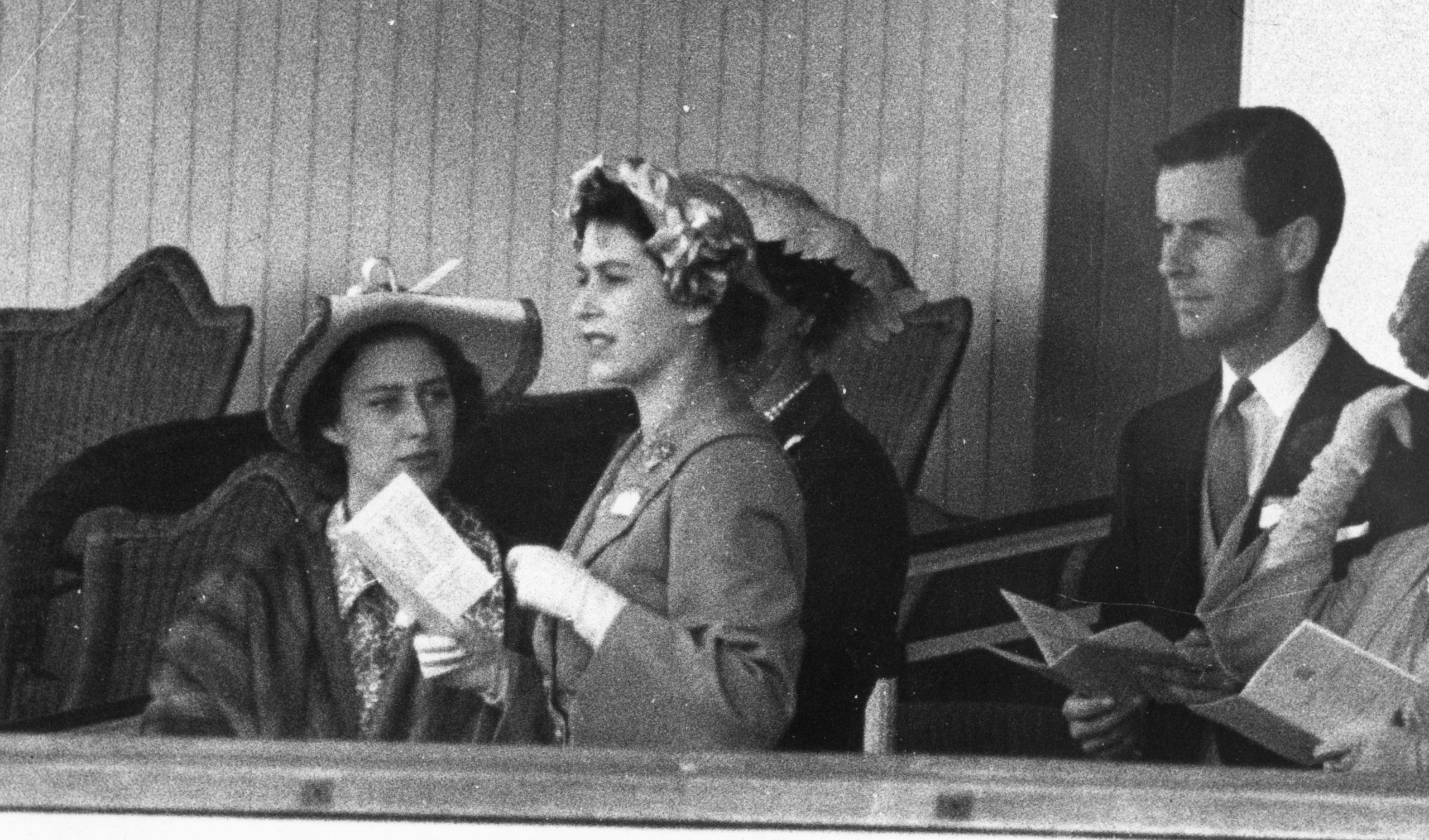
The younger sister of Queen Elizabeth II, Princess Margaret was known for her wild side and often behaved in ways that the monarchy disapproved of. This culminated in Margaret’s relationship with Peter Townsend, an RAF officer and attendant to the royal family. The two fell deeply in love and Townsend divorced his wife to be with the princess, but the rules of the Church of England forbade Margaret from marrying a man who had once been married, and the couple eventually were forced to accept they could never be together.
Margaret’s marriage to Anthony Armstrong Jones
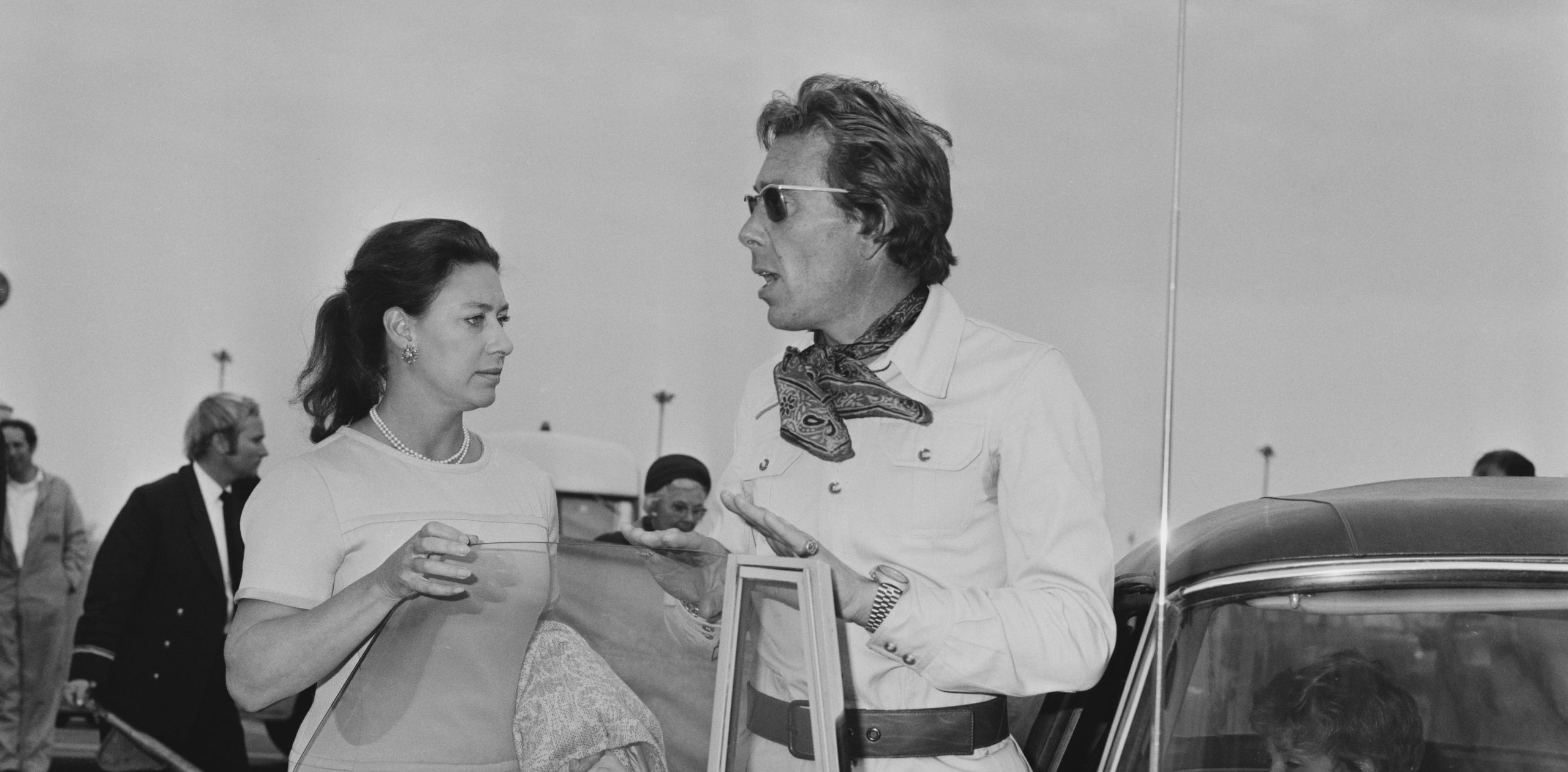
After Margaret and Peter Townsend called things off, the princess quickly moved on with Anthony Armstrong Jones, a semi-famous photographer. They tied the knot in 1960, in the first televised royal wedding, but the marital bliss didn’t last long. The state of their marriage increasingly became a subject of ridicule in the press, which delighted in exposing details of their public arguments and supposed infidelities. Their relationship continued to deteriorate and, in 1976, Margaret became the first divorced royal since Henry VIII.
James Henry Hammond
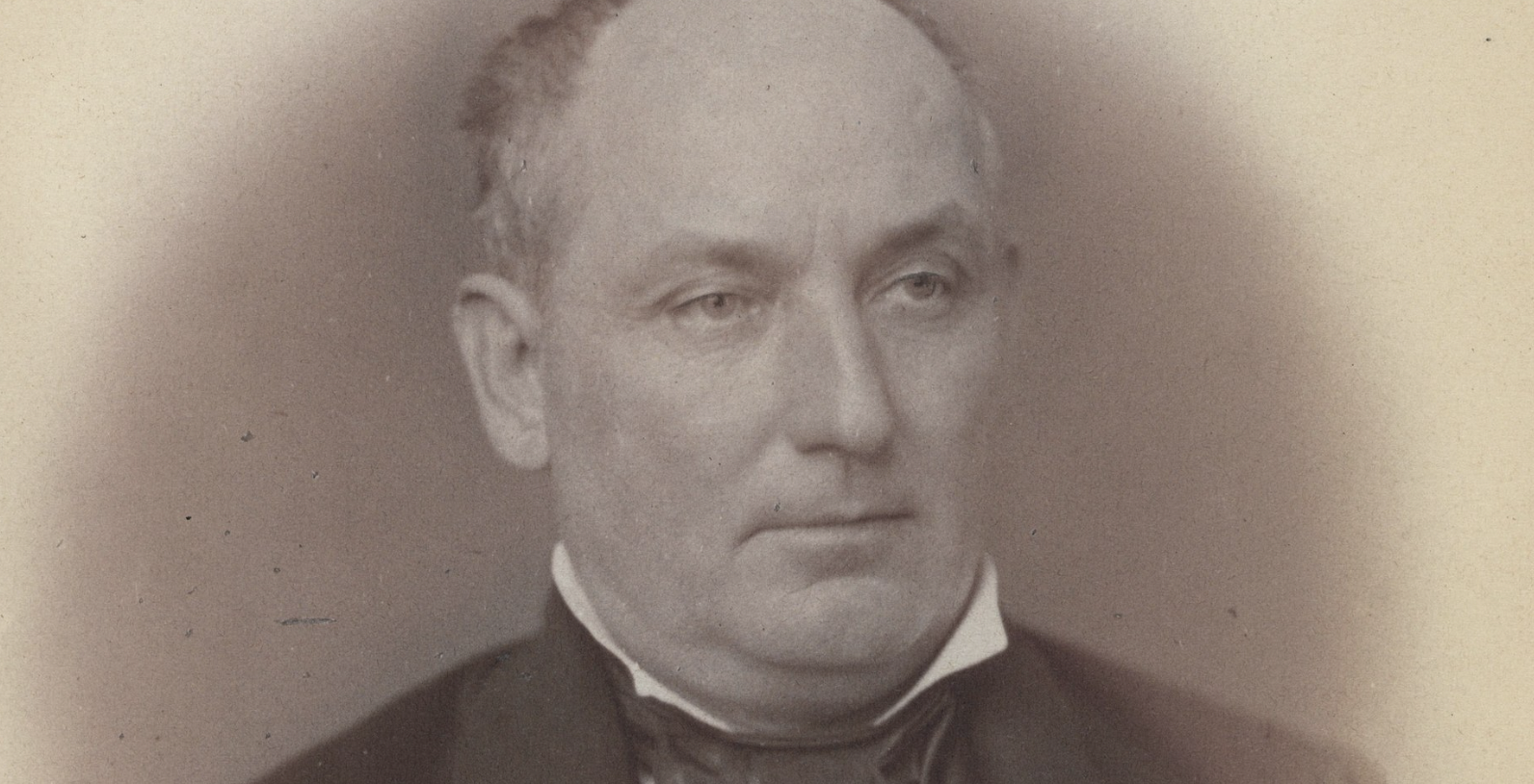
The political career of James Henry Hammond – the Nullifier Party Senator for South Carolina – was marked by a series of sexual scandals, although he bafflingly was able to recover from all of them. First, it transpired that Hammond had been in a homosexual relationship in college (definitely frowned upon in the 1800s); then, it emerged that he had engaged in what he described as “a little dalliance” with his teenage nieces; finally, it was revealed that he regularly had sex with his slaves, including some as young as 12.
The Clinton-Lewinsky Scandal
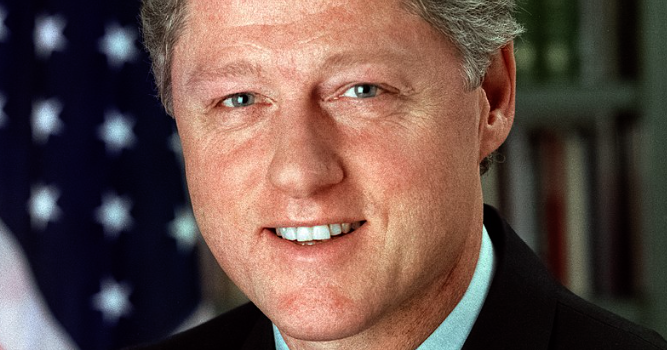
“I did not have sexual relations with that woman” will forever be the most famous quote of Bill Clinton’s presidency. It was also a lie. Clinton did, in fact, have sexual relations with Monica Lewinsky, a White House intern, over a period of 18 months. Republicans tried to impeach him over the matter, but their plan ended up backfiring when their aggressive approach garnered public sympathy for Clinton and led to a strong Democratic performance in the midterms.
Princess Anne’s divorce

Princess Anne, the only daughter of Queen Elizabeth II, followed in the long tradition of royals with unhappy marriages. Anne married Mark Philips, an Olympic equestrian, but they seemed noticeably miserable together and their marriage was described in the media as a “loveless sham.” After some intimate letters between Anne and British naval officer Timothy Laurence were leaked to the press – causing quite the scandal – the princess’ marriage ended in divorce. The story had a happy ending though; Anne went on to marry Laurence, and the couple are still together.
The Caning of Charles Sumner
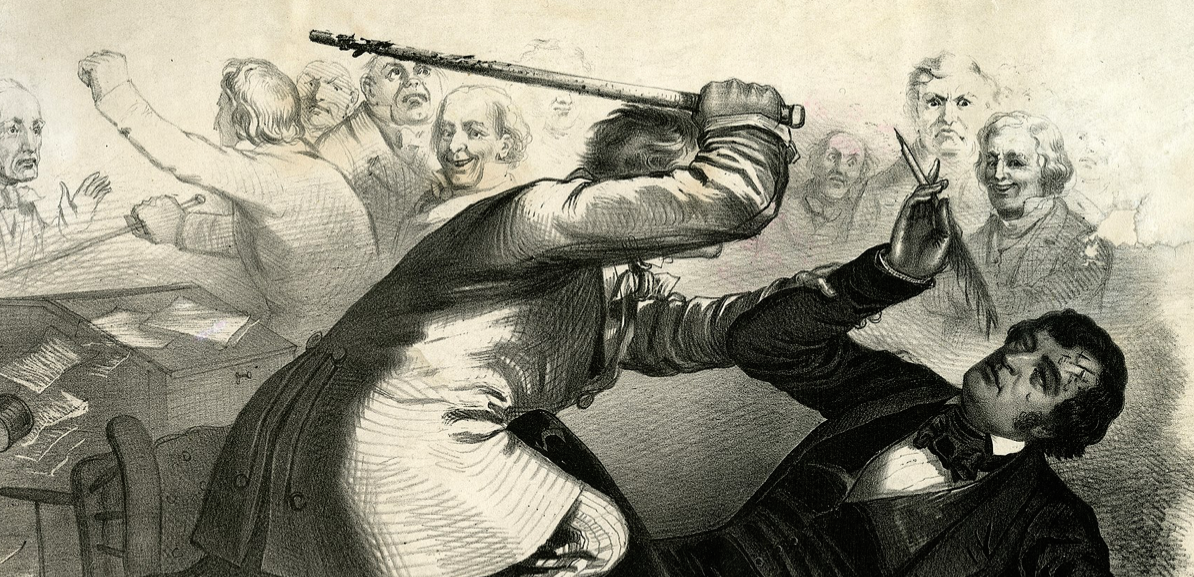
To say that slavery was a contentious issue in 19th-century America would perhaps be the greatest understatement ever made. Even before it dragged the country into a bloody civil war, the issue of slavery was causing outbursts of violence in politics. In May 1856, pro-slavery Democrat Preston Brooks attacked abolitionist Republican Charles Sumner with a walking cane in the Senate Chamber, beating him until the cane broke and leaving him unconscious on the Senate floor.
Robert Potter castrated two men he believed his wife was cheating with
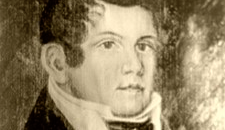
A member of the North Carolina House of Commons, Robert Potter was known to have a quick temper and a paranoid streak. In 1831, Potter attacked and castrated two men he believed his wife was cheating on him with. The incident forced him to resign but, incredibly, didn’t land him in jail, and he was elected again in 1834. Less than a year later he was expelled again, this time for brandishing a gun during a game of cards.
The Orsamus B Matterson scandal
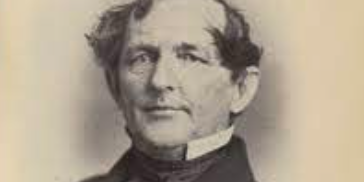
In 1857, New York Republican Orsamus B Matterson caused quite the scandal when he publicly questioned the honour of the US House by declaring that most of its members could be “purchased.” This backfired on him spectacularly when it soon emerged that he had accepted a bribe in exchange for his support of a Minnesota land rights bill. Given his earlier statements the rest of the House weren’t particularly inclined to give him the benefit of the doubt, and he resigned before he could be expelled.
Arthur Brown murder
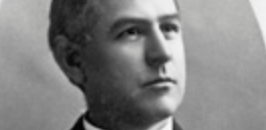
In 1906, Utah Republican Arthur Brown’s mistress Anne Maddison Bradley gunned him down in a fit of jealousy. The reason for her envy? She discovered Brown had a second mistress. Bradley was charged with the politician’s murder but pleaded temporary insanity and was acquitted. Brown’s wife presumably had mixed feelings about the whole ordeal.
The Caleb Lyon embezzlement scandal
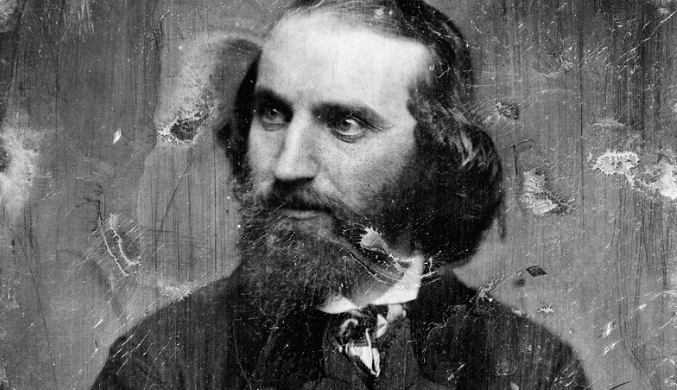
Caleb Lyon was an official in the Lincoln administration who was appointed Governor of the Idaho Territory. In 1866, an audit revealed that Lyon enriched himself by about $46,000 by siphoning money that was intended for the Nez Perce Indians. An investigation was launched, but Lyon sneakily evaded prosecution by dying before proceedings could get to court.
The George Q Cannon polygamy scandal
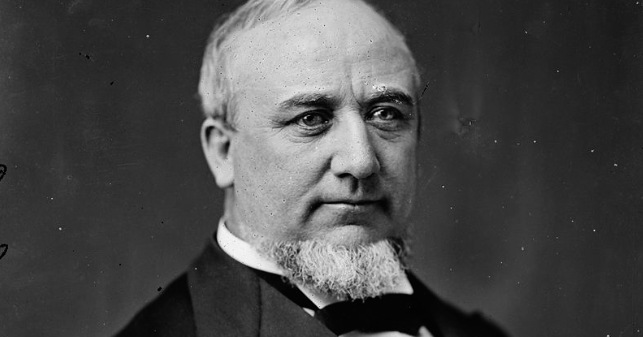
American politics and sexual scandals have gone hand in hand since the ink dried on the Declaration of Independence, but few have been as colourful as this one. In 1888, Utah Territorial Delegate George Q Cannon was refused his seat after it transpired that he had multiple wives. Cannon ended up serving six months in prison, although he was able to revive his political career, and Grover Cleveland later pardoned him, presumably because he was secretly impressed by Cannon’s skill with the ladies.
Charles and Diana’s divorce
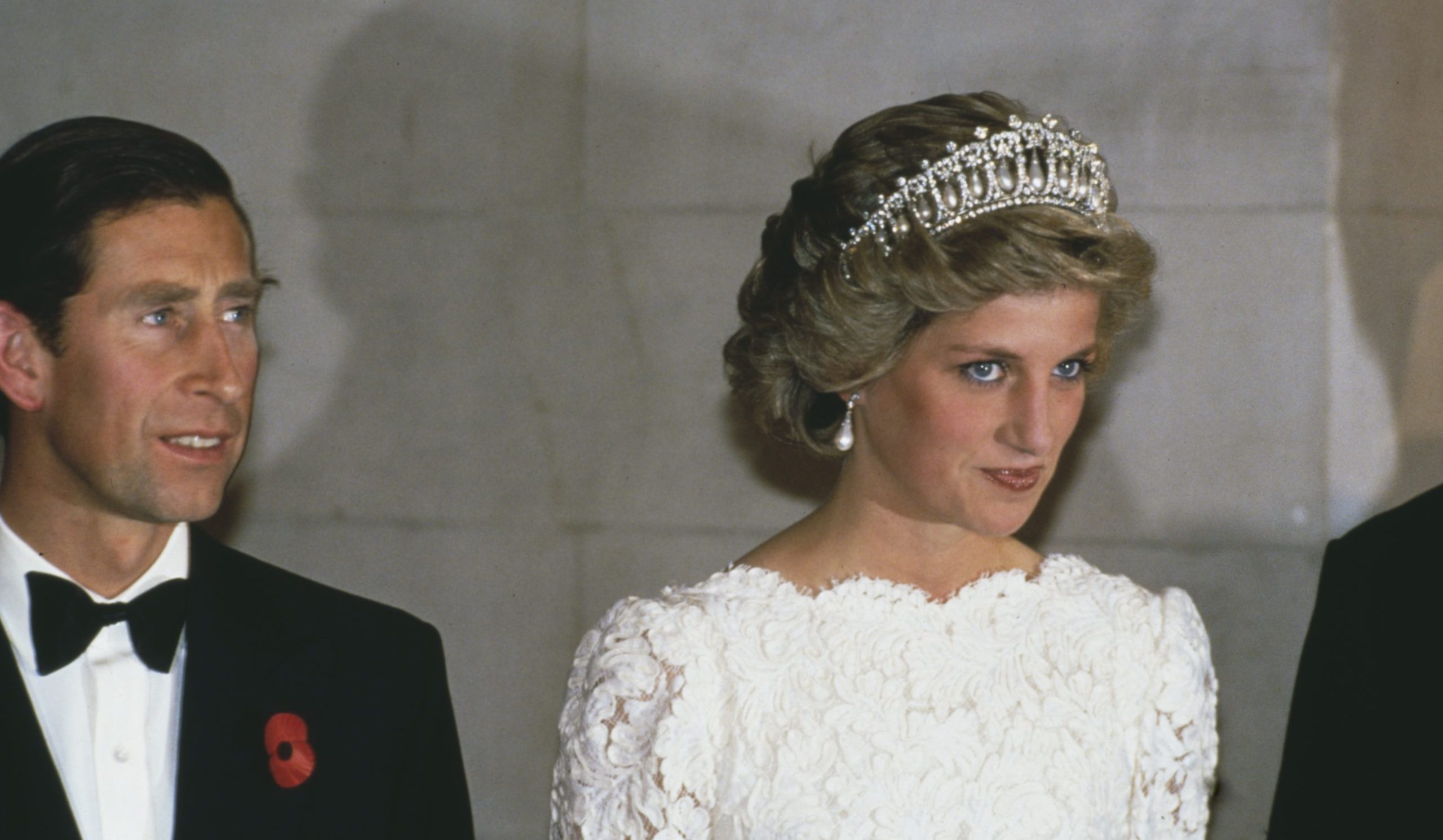
Whilst it wasn’t the first royal scandal, the protracted, acrimonious, and highly publicised breakdown of relations between Princess Diana and Prince Charles rocked the British royal family and ushered in a new era of tabloid interest in the monarchy. Diana’s revelations about her marriage – as well as the monarchy’s efforts to silence her – whipped up a media frenzy that the royals were completely unused to. When Diana tragically passed away in an accident, conspiracy theories abounded that her death had been orchestrated by the monarchy to prevent her from spreading any more damaging information.
The caging of Ota Benga

In 1906, Ota Benga, a 23-year-old Congolese Pygmy, was put on display in the Bronx zoo. Zookeeper William Temple Hornaday had him placed in an electrified cage with orangutans and he quickly became the zoo’s main attraction, although there was also an outpouring of fury. To complete his image as a “savage,” Benga was given a fully functional bow and arrow. When he used this to shoot at some visitors who were mocking him, the exhibition was reluctantly ended, and Benga lived the rest of his life in Virginia.
President Cleveland’s illegitimate son
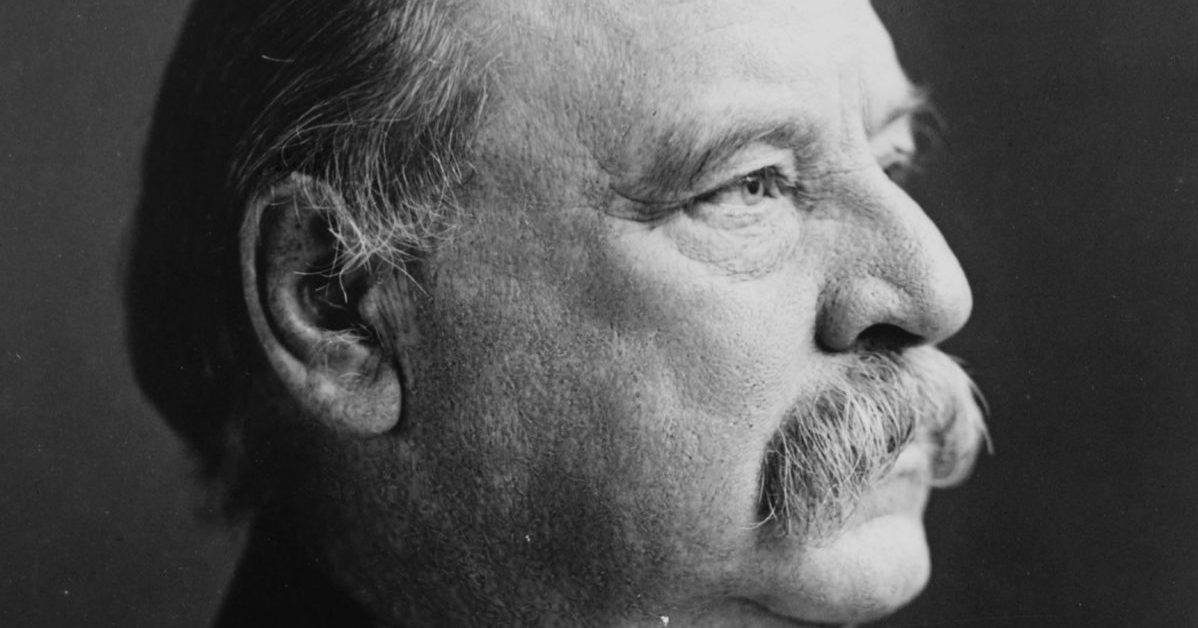
In the 1884 presidential election, Republicans hoped to besmirch Democrat Grover Cleveland’s image as “Grover the Good” with a sex scandal. About 10 years earlier, Cleveland had fathered a daughter out of wedlock with Maria Halpin, a widow. After acknowledging paternity and sending his son to an orphanage, Cleveland had Halpin committed to a mental institution. During the presidential campaign, partisan newspapers battled over the “truth” behind the story. Halpin offered her own version, portraying him as a rapist. In the end, Cleveland still won the presidency by a narrow margin.
The Oregon land fraud scandal

The Oregon land fraud scandal saw most of Oregon’s congressional delegation receive indictments for accepting bribes in exchange for land grants. The scheme was eventually revealed by the bookkeeper of a lumber company who took the story to The Oregonian, a local paper. More than 1,000 indictments were initially issued by the US attorney, but this was eventually whittled down to 35 of the most egregious offenders, many of whom saw substantial jail time.
Jackie Kennedy remarriage
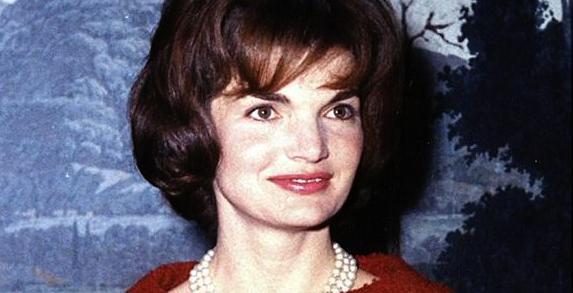
Despite JFK’s not so secret infidelities, when Jackie Kennedy remarried after the assassination of her husband the media tore her to shreds. Kennedy married Aristotle Socrates Onassis (what are the odds his parents were into Greek philosophy?), a shipping magnate who she met whilst she was still married to JFK, prompting rumours of an affair. Despite the fact that it had been five years since her husband’s death, Kennedy’s remarriage resulted in hysterical headlines including “Jackie How Could You?” and “Jackie Kennedy Hates Americans.”
Alexander Hamilton sex scandal
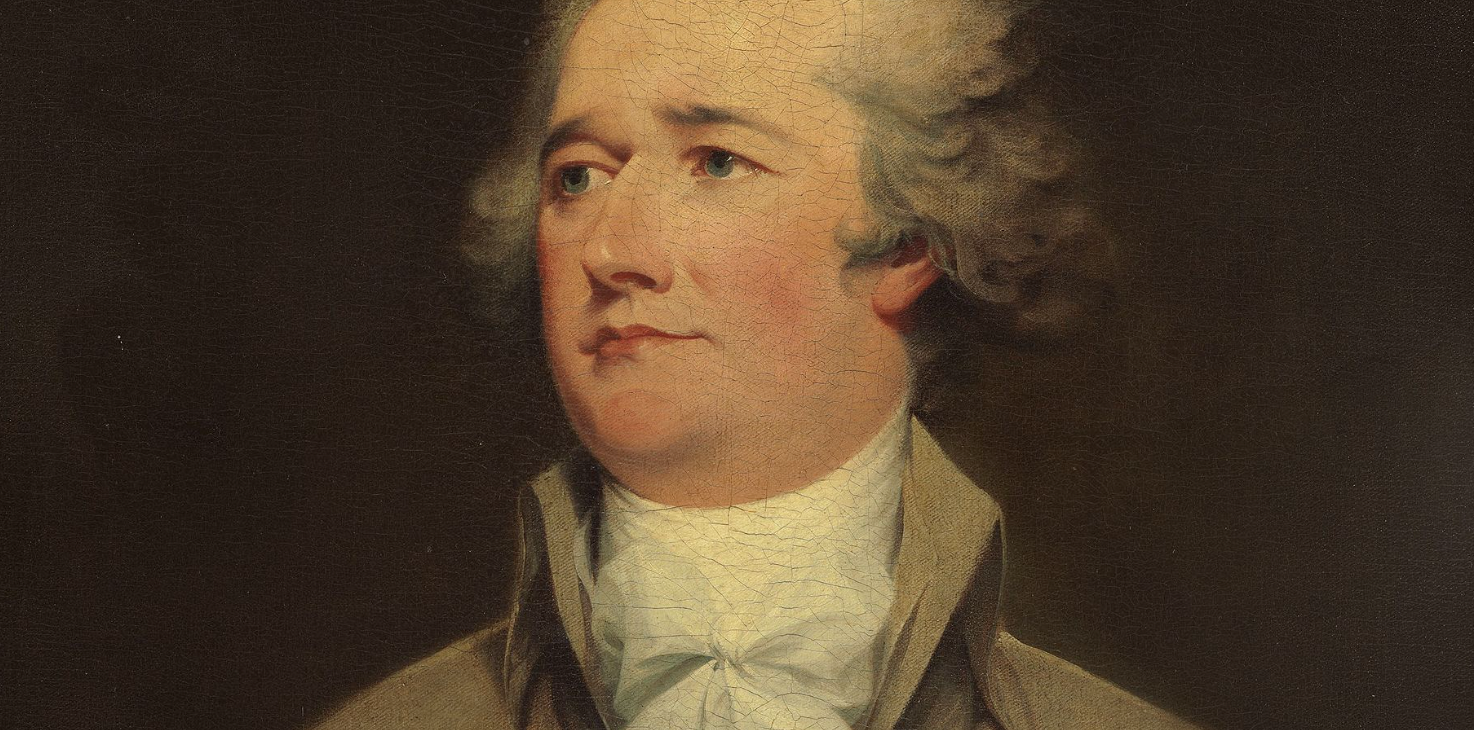
The Hamilton-Reynolds affair is often regarded as the first sex scandal in US political history. After Thomas Jefferson found evidence of some dodgy payments he accused Hamilton of embezzling the US treasury, so, to clear his name, Hamilton publicly revealed the true nature of the transaction – a hush money payment to the husband of Maria Reynolds, the woman he was having an affair with. Whilst this cleared him of any legal wrongdoing, Hamilton’s family was destroyed, as were his ambitions of becoming president.
David I Walsh scandal
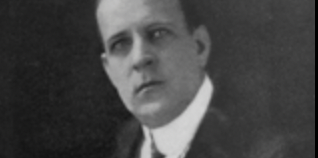
In 1942, Democratic Senator David I Walsh was accused of visiting a male brothel in Brooklyn that was frequented by Nazi spies. Walsh vehemently denied the allegations, but this was the forties, and it was pretty hard to shake a rumour that involved both closeted homosexuality and Nazi spies. The fact that Walsh was unmarried seriously hurt his defence, and he ended up leaving politics.
Daniel Webster scandal
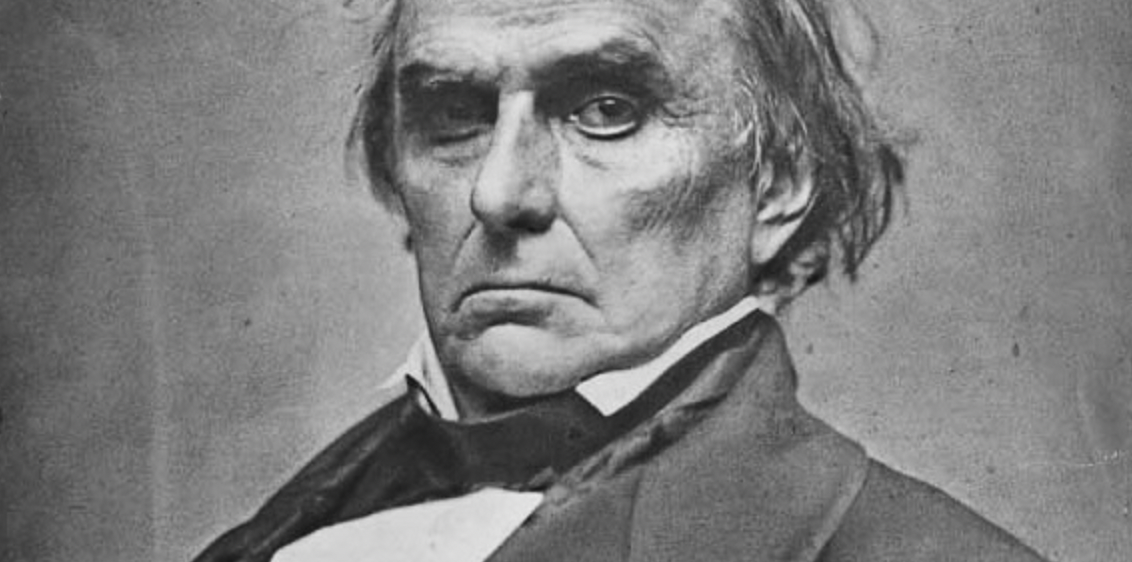
In May 1850, Senator Daniel Webster found himself at the centre of a scandal after Jane Grey Swisshelm – a reporter who seems to seriously have had it in for him – wrote a string of articles viciously accusing him of infidelity. Swisshelm wrote, “his mistresses are generally, if not always, coloured women—some of them big black wenches as ugly and vulgar as himself.” The national press picked up the story, seriously damaging Webster’s political career.
FDR snubs Jesse Owens
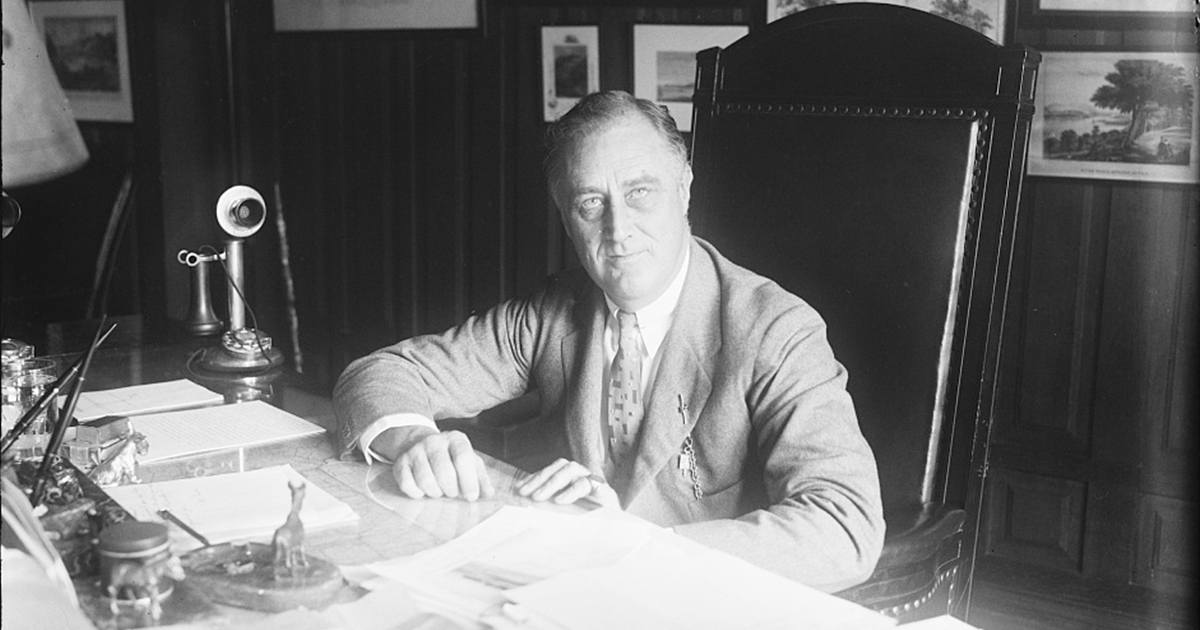
It’s commonly believed that the infamously racist Adolf Hitler blanked African-American athlete Jesse Owens at the 1936 Berlin Olympics. In fact, Hitler treated Owens much as any other athlete at the Games (albeit reluctantly). Instead, it was Owens’ own president, Franklin Delano Roosevelt, who snubbed him. Owens said that FDR “didn’t even send me a telegram.” Owens was not invited to the White House to meet the president, unlike other gold medalists, and at parties organised in the Olympians’ honour he had to enter through the back, in one case via a freight elevator.